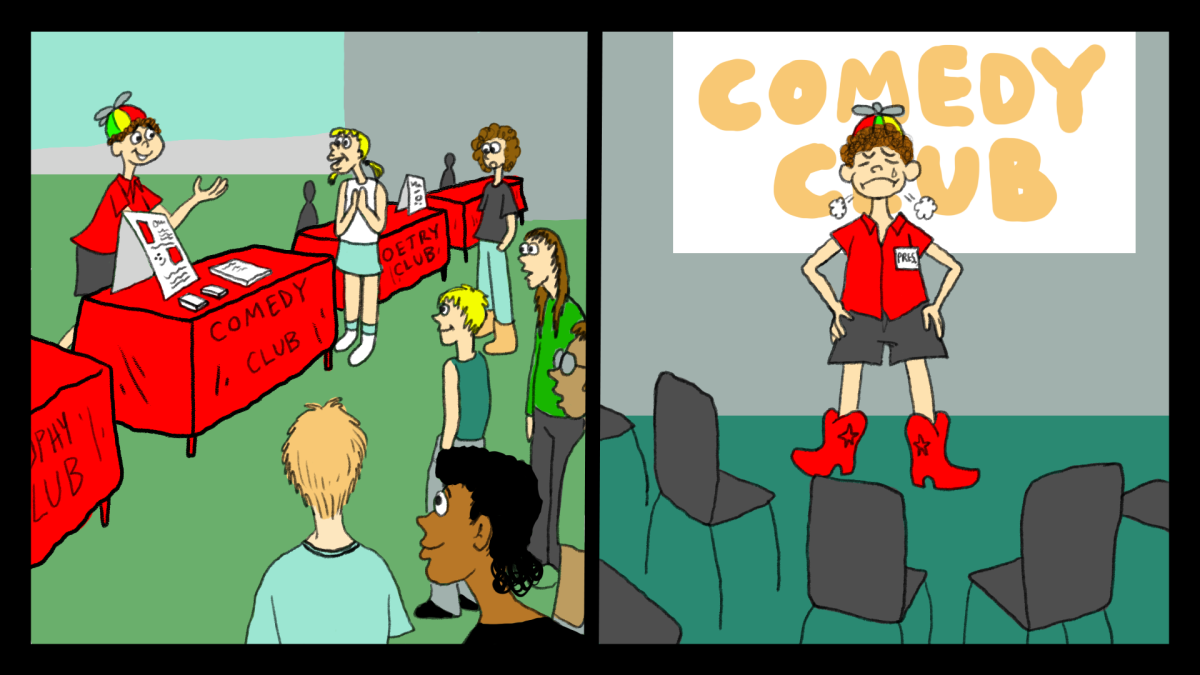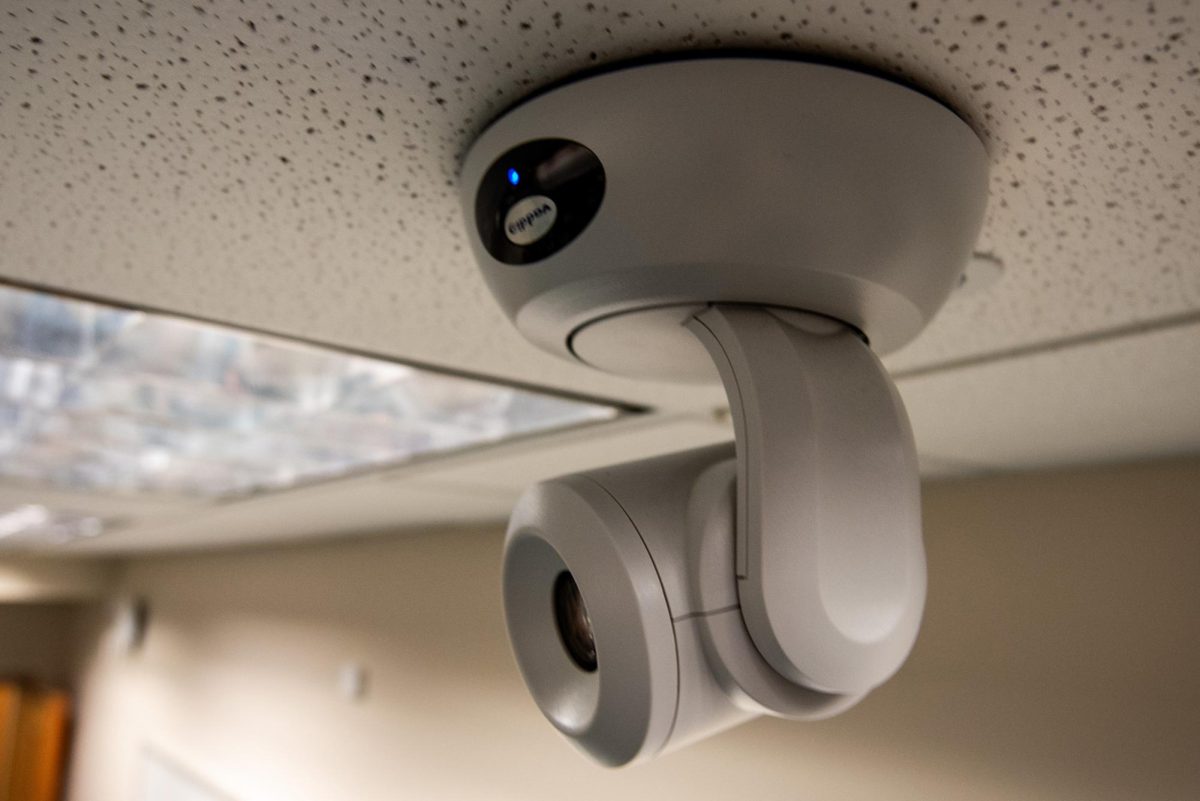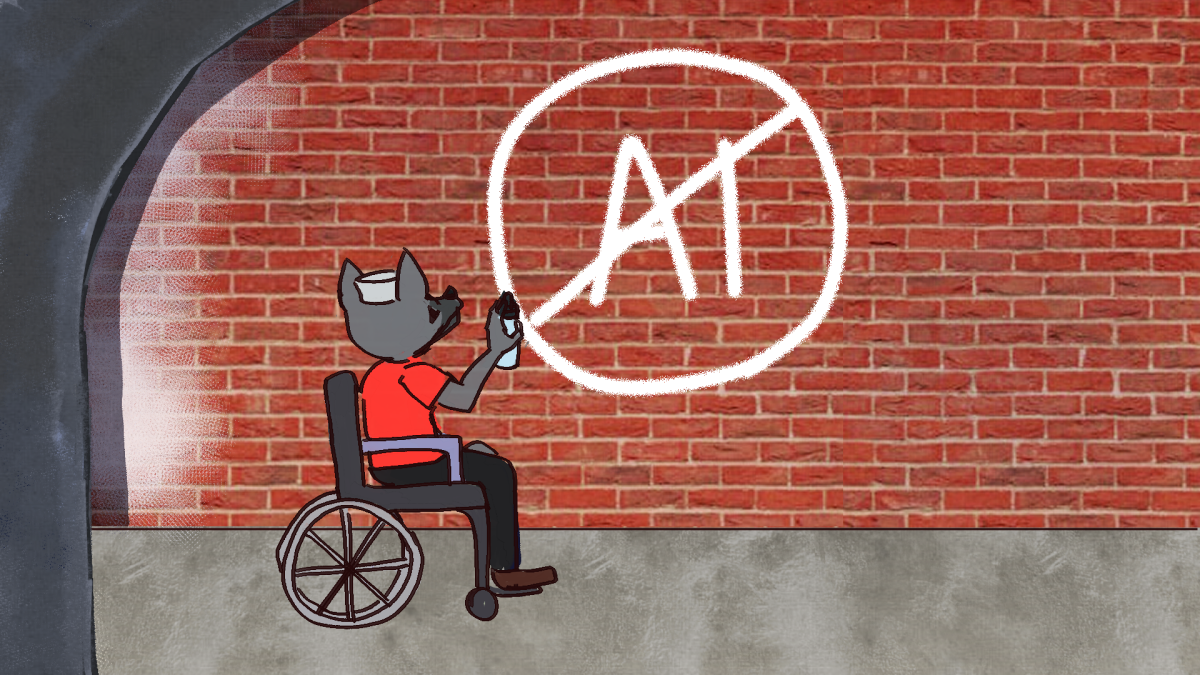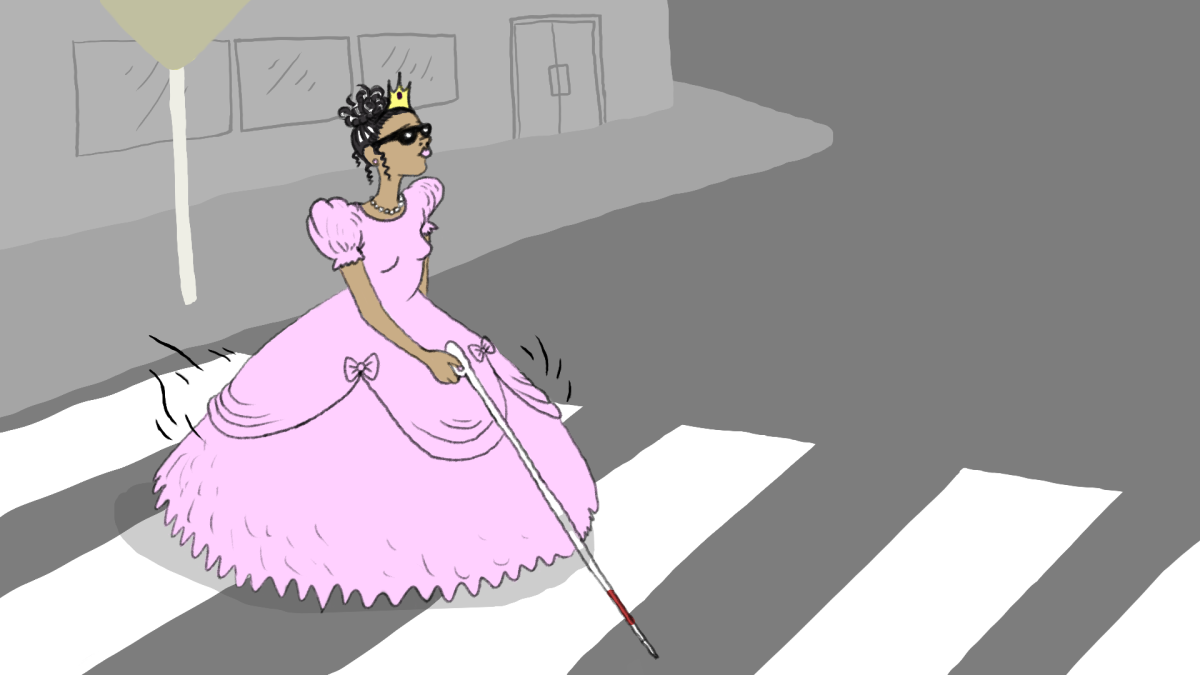One day, I was driving my friend and myself to Crabtree Valley Mall to go shopping. I noticed a man with a missing limb on the corner of the freeway exit holding himself up on crutches with a sign that read: “Homeless. Please help. God bless you.”
I rarely ever carry cash, but today I luckily had a few dollars in my wallet. I started rolling down my window when my friend exclaimed, “What are you doing?” I was confused by her shocked expression. “You shouldn’t give him that,” she said. “He could grab us.” I looked back at the disabled man, pulled up next to him and gave him all the cash I had.
I questioned my friend about why she tried to stop me from giving money to someone who clearly needed it. “He shouldn’t be there. Couldn’t he apply for disability from the government?” she said. “He’s homeless,” I answered. “I want you to think about this. Where would the government send the check?”
According to the US Department of Housing and Urban Development, on any given night in 2017, there were over 554,000 homeless people in our country, and nationally, the number of homeless individuals has increased for the first time in seven years. However, according to The News and Observer, in 2017, homelessness in North Carolina has decreased statewide except in one major area—Wake County.
Homelessness has increased by 8 percent in Wake County, and we are seeing a rise in homeless children, families and veterans. According to the NC Coalition to End Homelessness’ (NCCEH) 2014 update, men with no children make up the majority of Wake County’s homeless population, with homeless children constituting the second largest demographic. Also, between 7 and 9 percent of Wake County’s homeless people are veterans, according to another NCCEH report from 2016.
Homelessness disproportionately affects some genders, races and ages over others for a variety of reasons, including domestic violence, medical history, and institutionalized racism. According to the National Law Center on Homelessness and Poverty, “When compared to the total population and those living in poverty, those who are homeless are more likely to be adult, male, African American, not elderly, unaccompanied/alone, and disabled.”
Homelessness is seen in all demographics; however, there is very little data on homeless college students. According to FAFSA, there are 58,000 homeless students on campuses nationwide, and another study concluded that about 13 to 14 percent of students at community colleges were homeless. Although homelessness, housing insecurity and food insecurity are prevalent at colleges, universities are not required to monitor their homeless students.
NC State has a few resources for students in these situations, but many of these programs are virtually unknown to students and could also be more impactful. Feed the Pack is a great resource for NC State students who may be affected by food insecurity, yet it only sees an average of 53 visits per month. NC State Housing offers temporary and emergency housing but only has two reserved residential spaces and can house students for just two to three days.
Homelessness affects thousands of college students, and we could be doing so much more at NC State to help these people. Although there are resources that exist, other universities have done more for students in these situations. Other universities across the country offer SNAP benefits, emergency shelters and host families for housing- and food-insecure students.
If universities are not required by law to keep an eye on homeless students, then programs like these could and should be implemented at NC State, while the current programs we have should be advertised more, so students can better access their resources.








